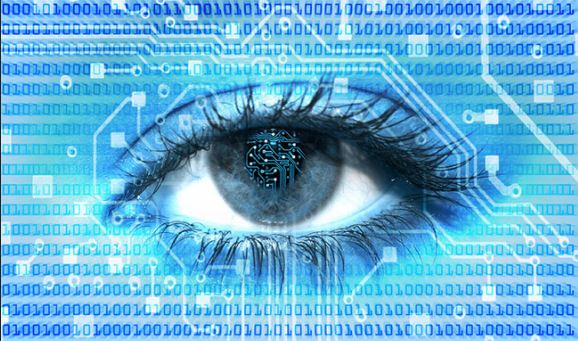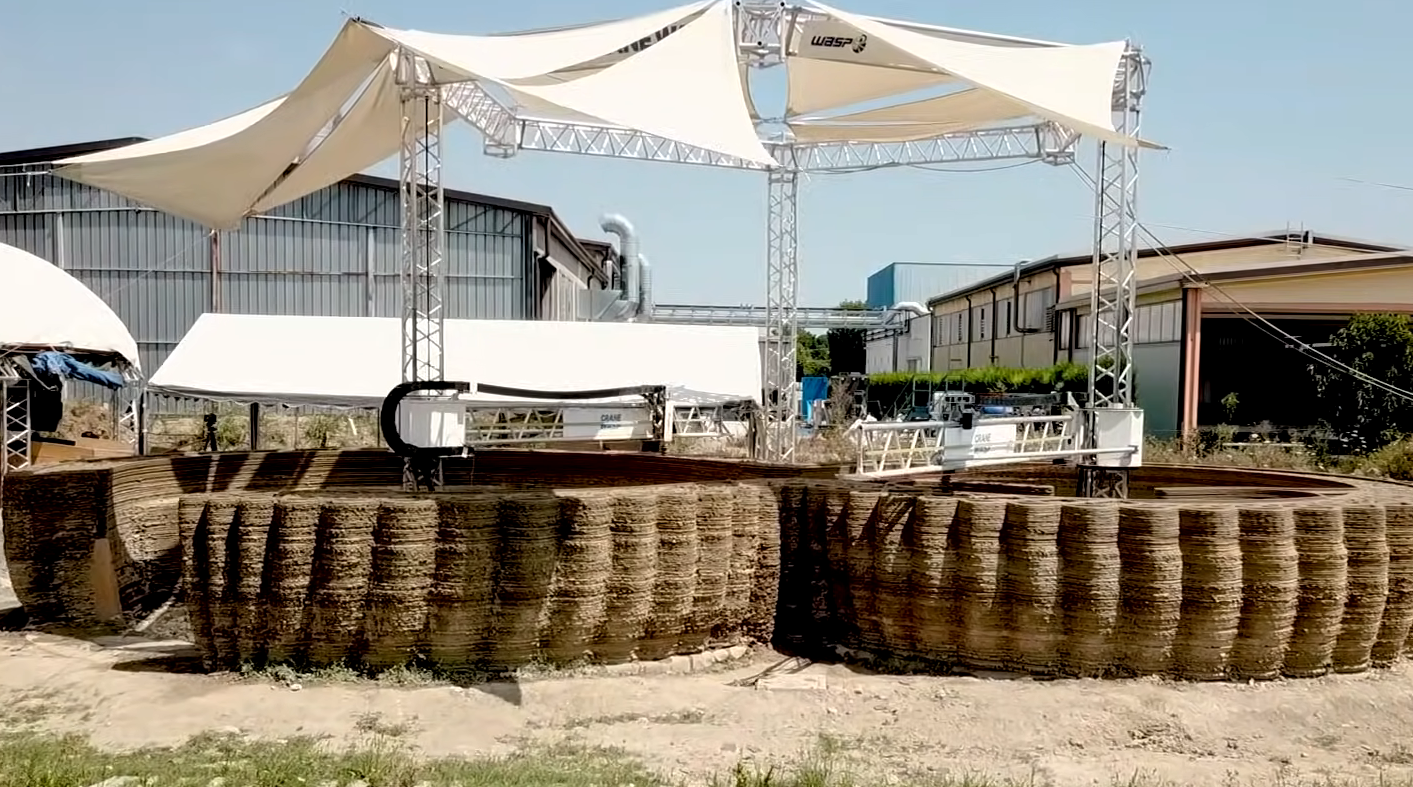
California-based researchers have developed an artificial neural network that can process huge amounts of data at very high speeds. An article in Science Daily stated that the device is simple enough to be manufactured using just any 3D printer.
Designed by a research team from the University of California Los Angeles (UCLA), the device is called a diffractive deep neural network. It is modeled from the human brain. It was developed to overcome the primary weakness of devices that use optical sensors to pore over the object: The long process of scanning the object, converting the visual into data, and then processing the data through programming.
The UCLA neutral network skips much of the process. It can identify the object the moment it receives light diffracted from that object. Furthermore, it only uses diffraction of light for the identification process. Because it has no need for computer programs, it doesn't use up any electricity. So not only can it be easily built, but it can also be placed anywhere. (Related: SCARY: Machine-learning experts build neural network that manipulates facial movements to create fake video footage.)
An artificial intelligence that can be 3D printed
The UCLA researchers designed their artificial neural network through computer simulations. They fed the design into a 3D printer that made very thin polymer wafers.
The surfaces of each wafer are deliberately rough. The unevenness makes it easier to diffract light that came from the object, even if the light came from multiple directions. To the human eye, a wafer appears to be opaque. But very short wavelengths of light in the terahertz frequencies can penetrate the layer. Each of these wafers is made up of many thousands of pixels. When light passes through them, the pixels act as artificial neurons.
Combining several of these pixelated wafers results in an optical network that controls how light diffracted from an object travels through them. It can recognize an object because the light is diffracted towards a single pixel that represents that object.
The newly-printed neural network was trained to identify different objects by studying the different patterns of diffracted light that they gave off. This deep learning technique allowed the machine to tell apart objects.
The UCLA researchers reported that the network can identify handwritten numbers and articles of clothing. They also trained it to serve as the lens of a camera, allowing it to bypass the need for a separate physical lens.
Neural network could make driverless cars safer
One possible use for this neural network is aboard driverless cars. Most of the self-driving cars have onboard computers that analyze the data using various programs. However, the car's AI learns and responds slower than a human driver does.
The UCLA network could speed up the processing speed of recognition technology. A self-driving vehicle equipped with the device can recognize traffic signs at the speed of light and respond appropriately, increasing their safety on the road.
Another way to employ it is in medicine, especially in microscopic imaging. It can swiftly and accurate canvass millions of cell samples for any visual sign of deformity of disease.
"This work opens up fundamentally new opportunities to use an artificial intelligence-based passive device to instantaneously analyze data, images and classify objects," explained UCLA researcher Aydogan Ozcan. "This optical artificial neural network device is intuitively modeled on how the brain processes information."
Ozcan added that the neural network could be made scaled up to both new designs and unique optical parts that are used in passive roles in medicine, robotics, security, and other applications that rely on image and video data.
If you want to keep track of what these neural networks are being trained to do, visit Robots.news.
Sources include:
Please contact us for more information.





















